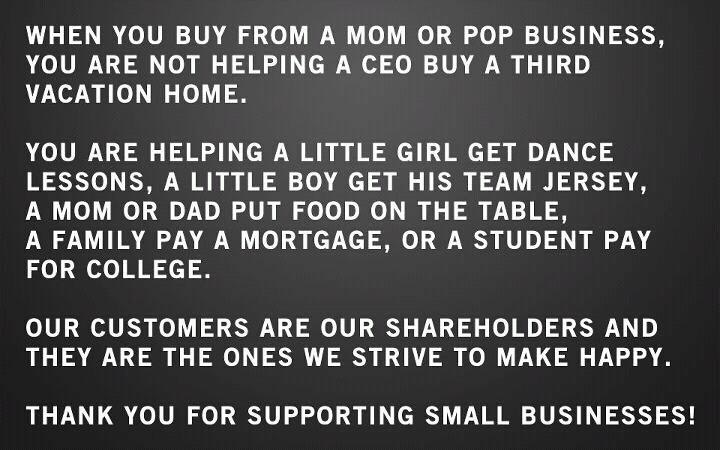
What is Keen?
July 7, 2020Seth Godin
July 25, 2020Eastman Kodak Co. is often used as an example of a market leader that failed to recognize the writing on the wall. After decades of being the undisputed global leader in all-things-photography, it filed for bankruptcy in 2012.
But how could this happen to such a giant? Back in the day, Kodak was like the Google of film and cameras. At one point they held 90% of market share on film sales and 85% on camera sales. The company attracted the best technical talent from around the country and even played movies for its 140,000 employees during lunch.
Now many think the disruption of the digital camera killed off the film business. But back in 1975, a Kodak engineer invented the first ever digital camera. How could a behemoth like Kodak, with abundant resources and some of the biggest talent in the country, fail to take advantage of a technology that was invented inside its own laboratories?
In this day and age, with disruption around every corner, it can happen to just about anyone.
Here are some lessons from Kodak’s demise that we can all learn from.

Visionaries Win
According to the poor Kodak engineer who invented the first ever digital camera back in 1975, senior management’s reaction to it was basically, “That’s cute kid, don’t tell anyone about it.” And with that, the company never pursued the possibilities of this new technology right under its nose.
From Kodak’s perspective, developing a digital alternative to film would have taken resources away from their big moneymaker. But this is not exactly a visionary approach to business. Yes, it’s important to capture and keep hold of as big a market share as possible, but you also must look to future trends and changes in consumer behaviors. Kodak assumed no one would ever stop using film – they failed to see the advantages digital photography offered people.
Always Remember Your Brand’s Core Offering
It is sadly ironic that Kodak forgot what made them a household name in the first place. They offered consumers easy-to-use cameras. In fact, their original slogan was, “You press the button, we do the rest.”
Decades later, the company found itself scrambling to keep pace with the competition by attempting to finally embrace digital. Their solution? To produce photo editing software and inkjet printers that no one wanted or bought.
Disruption tends to send CEOs panicking and trying to reinvent themselves in the midst of change. Instead, brands need to return to their core offerings. Had Kodak focused on developing simple, easy-to-use digital cameras back in the 90s, and easy-to-use photo apps after that, they may still be a big brand.
Focus on Value Not Product
Technology will continue to evolve and advance, but that doesn’t mean your value needs to shift. In fact, it shouldn’t.
Kodak made the mistake of focusing on their product – film – instead of the value they offered customers – the ability to capture life’s most precious moments. Disruption isn’t about newer, better technology coming along and snatching up your customers; it’s about outside factors coming along and erasing your key advantage. For decades Kodak’s key advantage was superior technology, so when new technology came along – digital cameras – their focus on film blinded them to recognize the value of digital until it was too late.
Agility is Critical
A massive company like Kodak had all of their resources tied up in research and operations. Theoretically, they could have (and should have) pooled resources to respond to any threat on the horizon. But they didn’t, and they were eventually usurped by smaller manufacturers in Asia.
Success in today’s ever-changing global marketplace will require companies to remain agile so they may react quickly to change. While the last century rewarded those businesses who excelled at growth techniques – this next century will reward companies that can make smart decisions fast.
Kodak eventually managed to recover from bankruptcy and remains manufacturing film, with a focus on independent filmmakers. Still, you can’t help but wonder what the company could have become had it paid better attention to the shifting landscape around them.
It is important that your business adapt to technology and the many changes. This includes social media. If your company wants to be on the forefront of social media contact us.



